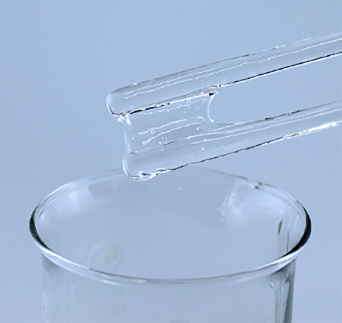
ആഗ . 01, 2024 05:42 Back to list
Understanding the Benefits and Applications of Dispersible Polymer Powders in Various Industries
Understanding Dispersible Polymer Powders Characteristics and Applications
Dispersible polymer powders are a specialized class of materials that serve as versatile additives in a wide range of applications. These powders are primarily composed of polymers that can readily disperse in water, forming stable suspensions or emulsions. They are integral in various industries, including construction, coatings, adhesives, and textiles, owing to their unique properties and functionalities.
Characteristics of Dispersible Polymer Powders
Dispersible polymer powders exhibit several defining characteristics that make them valuable in formulating products. Firstly, they possess excellent water solubility, allowing them to quickly and easily integrate into aqueous systems. This solubility contributes to improved workability and processing characteristics, making them ideal for use in construction materials like cement-based products. Additionally, they often enhance the mechanical properties of the final product, such as flexibility, durability, and adhesion.
Another significant characteristic is their ability to influence the rheological properties of formulations. Dispersible polymer powders can modify the viscosity of mixtures, allowing for easier application and processing. Whether it's improving the flow properties of paints or enhancing the spreadability of adhesives, these powders play a crucial role in ensuring optimal performance.
Moreover, dispersible polymer powders are often designed to provide specific functionalities, such as water resistance, UV stability, and anti-foaming properties. This makes them suitable for diverse applications, from exterior paints that withstand harsh environmental conditions to adhesives that require strong bonding capabilities under varying circumstances.
Applications Across Industries
dispersible polymer powder

The versatility of dispersible polymer powders makes them essential in numerous sectors. In the construction industry, they are commonly used in cement-based formulations. When added to mortar and concrete mixes, these powders improve adhesion, reduce water permeability, and enhance the overall mechanical strength of the materials. This results in longer-lasting structures that can better withstand environmental stresses.
In the coatings industry, dispersible polymer powders are critical for producing high-performance paints and coatings
. They improve film formation and enhance durability against weathering and wear. Coatings that incorporate these powders often exhibit superior gloss, color retention, and resistance to cracking and peeling—qualities that are highly sought after in both decorative and protective coatings.The adhesive industry also benefits significantly from dispersible polymer powders. They are utilized to formulate adhesives that require excellent bond strength and flexibility. Their ability to disperse well in water allows for the creation of easy-to-apply adhesives that achieve strong, lasting bonds in various applications, from woodworking to construction.
Additionally, dispersible polymer powders find applications in the textile industry, where they can be used as finishing agents to impart desirable properties to fabrics, such as water repellency or improved softness. Their ability to modify the texture and feel of textiles makes them valuable for manufacturers aiming to provide innovative and high-quality products.
Conclusion
Dispersible polymer powders are a remarkable innovation in material science, offering a myriad of benefits across different industries. Their unique characteristics, such as excellent water solubility, rheological enhancement, and tailored functionalities, position them as essential additives in formulations for construction, coatings, adhesives, and textiles. As technology advances and environmental considerations become increasingly important, the demand for effective and efficient materials like dispersible polymer powders will continue to grow, paving the way for future innovations and applications. In an ever-evolving marketplace, these powders stand out as crucial components for enhancing product performance and sustainability.
-
Unlocking the Benefits of HPMC Products: A Gateway to Versatile Applications
NewsAug.07,2025
-
Unleashing the Potential of HPMC Ashland: A Comprehensive Look
NewsAug.07,2025
-
Tile Bonding Cellulose: The Key to Superior Adhesion and Durability
NewsAug.07,2025
-
Hydroxypropyl Methylcellulose Powder: The Versatile Component in Modern Pharmaceuticals
NewsAug.07,2025
-
Hydroxyethyl Cellulose: The Versatile Solution for Various Industries
NewsAug.07,2025
-
Hydroxyethyl Cellulose (HEC): The Versatile Polymer for Various Applications
NewsAug.07,2025







